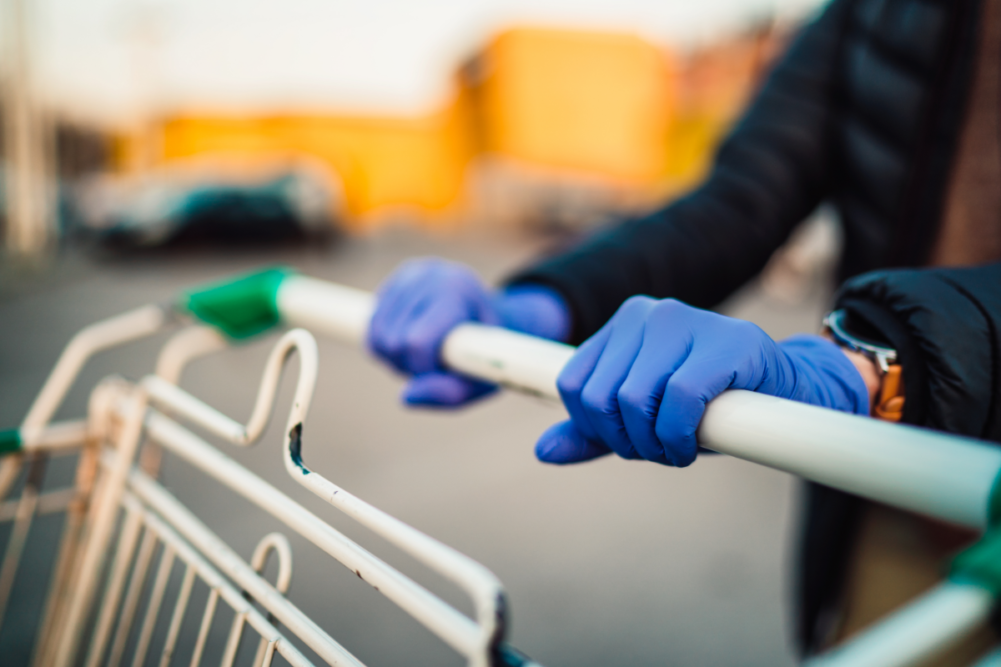LOS ALTOS, CALIF. - Placer.ai’s latest report, which will be released on Oct. 15, does a deep dive into how the grocery industry has been affected and changed by the COVID-19 pandemic.
“The COVID pandemic has fundamentally altered the grocery sector from the way consumers shop to the brands consumers choose to shop at,” said Ethan Chernofsky, vice president of retail for Placer.ai and author of the report. “And while many expected these changes to be short-lived, there are signs that some shifts could have real staying power.”
While an overall recovery is certainly en route after a dramatic decline of instore traffic in April, many states and regions are experiencing different recovery patterns.
For the grocery retailer Trader Joe’s, Placer.ai noted that California, New York, Washington, Florida and Texas are the five states with the largest number of venues amounting to over 50% of its overall footprint, but year-over-year visits differed between states.
New York, Washington, and California were down 12.4%, 11.5%, and 9.6%, respectively. Meanwhile, visits in Texas and Florida were up 7.5% and 2.5%, respectively, that same week. The chain’s nationwide average for that week was -4.3%.
Looking at days of the week and timeframes that have seen the most instore foot traffic from March to September, consumers have changed their preferences of when they like to shop. There has been slight decline of Sunday shoppers and an increase of Tuesday through Friday shoppers. Early morning shopping hours have also seen an increase, whereas fewer consumers are shopping later in the day.
“One trend that is sustaining, though, is the decline in grocery shopping on Sundays,” Chernofsky said. “As the number of people working from home has risen during the pandemic, the ability to shop during the week has grown. It appears that many consumers are showing a preference for leaving Sundays for other activities and finding time for supermarket visits on other days - a trend that could have wider impacts over time.”
Many brands have experienced declines in the number of visits per visitor, but are also seeing significant increases in the amount of time spent on the average visit, increases in basket size and of the value of each visit. This suggests that shoppers are continuing to practice mission-drive shopping.
Mission-driven shoppers will try to get as much done as possible in a single visit and are more willing to spend more time in a single store than add other locations to their shopping trip.
Research from Acosta’s found that 37% of consumers spend more on each grocery trip versus their pre-COVID-19 food shopping purchases. Of those spending more, 59% claimed their higher grocery bills were due to eating at home more, 52% cited higher prices, and 50% said they’re stocking up more.
“Growth in brand loyalty during a pandemic makes sense,” Chernofsky said. “When shoppers want to visit fewer places, they’ll go to their most familiar store with the hope of being able to get everything they need in a single visit. Brands that provide a ‘one stop shop’ can benefit from this shopping behavior, and businesses with data about this rise in visits by loyal customers can capitalize on this information.”
Because of the mission-driven shopping, traditional grocers such as Kroger, Albertsons and Meijer have seen the most success amid the pandemic, while specialized grocers like Trader Joe’s and Whole Foods have experienced some struggle. Shoppers were also more willing to travel further to shop at their preferred grocery store.
“In challenging economic times, keeping loyal customers is essential for continued growth, and leakage can have far worse results than usual,” Chernofsky said. “The year-over-year percentage changes of loyal customers between March and September 2020 reveal that Trader Joe’s kept the same 81% loyal customers while Whole Foods did not. During the pandemic, Whole Foods’ loyal customers decreased from 84% to 81%.”
Placer.ai’s full report will be available on Oct. 15 here.

